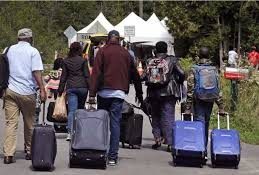Since July 1, 2017, more than 7,000 migrants have walked over the border from the US into Quebec in order to claim refugee status in Canada.
The numbers crossing into Quebec jumped this summer. In July alone, the RCMP intercepted nearly 3,000 asylum seekers as they walked across the border and another 3,800 came in the first half of August. Haitian nationals form the bulk of recent arrivals, believed driven by a change in US policy that many fear would result in mass deportations from that country.
Montreal’s Olympic Stadium was set up to accommodate as many as 600 people until mid-September. Tent camps were built near the Saint-Bernard-de-Lacolle, Quebec/US border to accommodate the influx of asylum seekers. Hundreds of the asylum seekers were also moved to the Nav Centre in Cornwall, Ontario, where they were to be temporarily housed.
The following is a Q&A about the current situation with Carl Nicholson, Executive Director, Catholic Centre for Immigrants (CCI):
Q. How many refugee claimants does CCI assist in an average year?
A. Each year, we receive a steady flow of refugee claimants to Ottawa. These refugee claimants either come through a land border crossing or arrive by air. We have seen the number of refugee claimants continue to climb since 2013. In the 2015-2016 fiscal year, CCI saw 1,350 refugee claimants. Ottawa seems to attract more refugee claimants than other cities of a similar size.
Q. How many refugee claimants has the CCI served this year?
A. More often than not, the CCI is one of the first stops for refugee claimants. We see the bulk of refugee claimants arriving in Ottawa. This year, we have seen an increase in refugee claimants. Between January 1 and August 11, 2016 we served 332 refugee claimants and during the same time period this year we saw 503 refugee claimants.
Q. Are any of the new refugee claimants from Haiti coming to Ottawa?
A. In the last two weeks we have seen 73 Haitian refugee claimants. Many Haitians in the Ottawa area live on the Quebec side. In many ways there are more opportunities for them in Montreal. For instance, there isn’t an Immigration and Refugee Board (IRB) office in Ottawa, so refugee claimants need to travel to Montreal for their hearings. The IRB office in Ottawa closed its doors in 2014. The largest Haitian diaspora in Canada is in Montreal. (More than 100,000 residents of Montreal were born or have family in Haiti. According to Statistics Canada, 90% of all Haitians in Canada live in Quebec, while Ontario is home to 8%.) Haitians who are bilingual do have a distinct advantage in Ottawa.
Q. What are the greatest misperceptions about this influx?
A. A lot of misinformation is being circulated in the Haitian community through social media. The Federal Government is currently trying to address this misinformation by working with the Haitian community both here and in the US, so that they understand that while Canada welcomes refugees, there is a legal process and we are a country of law. At CCI we have had inquiries from people in Montreal regarding settling Haitian refugee claimants in Ottawa and we have given our honest perspective to them. There is a misconception among the public that we are going to be inundated with more people. This apprehension about the increased influx of refugee claimants to Canada is partly because we have watched the mass exodus of Syrian refugees to Europe. Another misperception is that our government has let all the Haitians affected by the 2010 earthquake stay in Canada. Our government’s amnesty towards this group of Haitian refugee claimants ended last year. According to IRCC, in 2016, half of all asylum claims made by Haitian nationals were rejected, and claimants were obligated to leave Canada.
Q. Could there be other waves of migrants to Canada?
A. There are people with temporary status from several countries currently residing in the United States, for whom the US administration seems to be considering ending their temporary status. We have to appreciate that our government is taking steps to ensure that our immigration processes are being followed for all refugee claimants. Read this news article for more details on Federal Government planning for potential waves of migrants.
Q. What can be learned by the most recent influx of refugee claimants?
A. We are feeling the impact of last Federal Government’s cuts to the IRB’s capacity, which resulted in a shortage of judges and office closures in recent years. It can take many years for a refugee claimant’s case to be heard by the IRB. Although the Federal Government is working to increase IRB capacity in order to shorten the wait, this situation is shining a light on the issue of IRB backlog and legacy cases. The influx of refugee claimants also draws attention to the Canada-U.S. Safe Third Country Agreement. This agreement has led to the refugee claimants avoiding the ports of entry into Canada, but rather crossing at irregular board crossings.
Q. How could such an influx of asylum seekers impact Ottawa?
A. Economists understand the grey tsunami hitting our country and that we need immigrants to sustain our country. Small communities are dying. The message that immigrants are needed is beginning to permeate. Rather than look upon this exodus in a negative light, I believe the authorities in Montreal understand the potential human capital gain from the arrival Haitians refugee claimants. This could be an opportunity for Quebec, as Haitians are well integrated in Quebec and most of these refugee claimants have been living in the US for some time. Quebec might want to keep as many of these people as they can.
Q. What resources would be available if such an influx occurred here? Is Ottawa ready?
A. Ottawa isn’t ready and housing would be the biggest challenge. We have an affordable housing issue in our city and we have pretty much exhausted our stock of transitional housing. Although there are companies, like the property block in London, who specialize in creating affordable housing, it will take years to build all the new houses we need. We don’t have enough short-term housing. When the Syrian refugees came in 2015-2016, initially they were housed in hotels. This year would provide even greater challenges as most hotels are full because of the Canada 150 celebrations.
Q. What are the greatest needs for the refugee claimants?
A. Refugee claimants need housing. They want to work and have a living wage, as social assistance doesn’t provide a lot. They ultimately want to know what their fate is, as they await their cases to be heard by the IRB.
Q. What role should OLIP play in such an influx of refugee claimants?
A. OLIP’s role should be to keep the issue at top of mind and to act as a convener — to essentially bring everyone to the table to plan. OLIP can see the gaps in services, but needs to have good data. OLIP can help the stakeholders (those who have a vested interest in newcomers’ success) to cooperate and collaborate in our thinking and prepare for the various scenarios.
(On August 25, 2017, OLIP convened a meeting with officials from the settlement sector to discuss the latest wave of refugee claimants.)
(This article was produced by the OLIP team).

